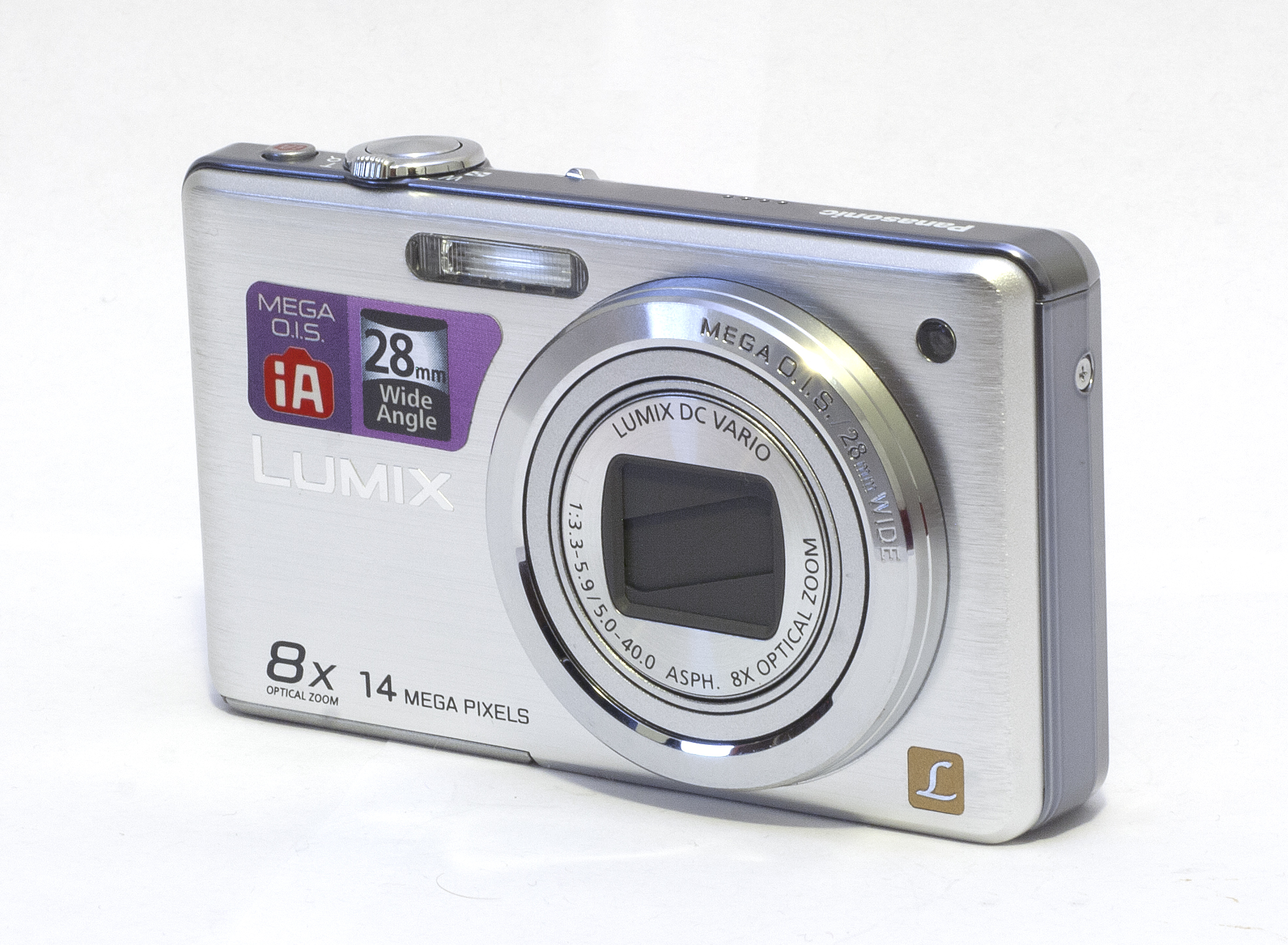Why you can trust TechRadar
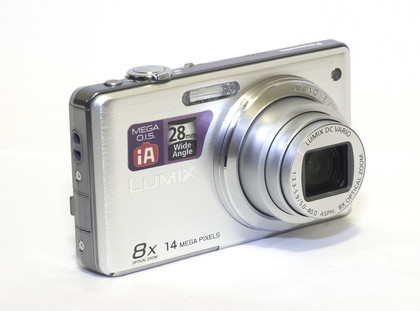
The FS30 otherwise delivers problem-free performance. We were particularly pleased by the total absence of shutter lag – once the 9-point focus system has locked on, grabbing an image is a thought-free process.
Continuous shooting is reasonable as well – over five seconds we recorded a frame-rate of 1.3fps at the FS30's full 14.1MP resolution.
Start-up time is also good, at a shade under one and a half seconds. The only fly in the ointment was the FS30's time between frames in single-shot mode, which stood at around two seconds each time.
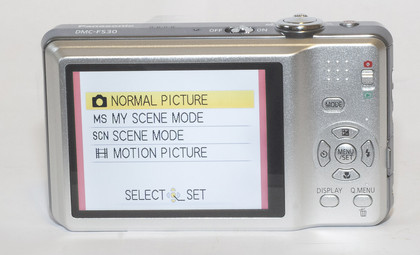
Long-lens issues aside, the FS30's optical image stabilisation acquitted itself well during our tests. It doesn't seem to have the power to compensate for movement when the lens is zoomed in, but for wider work – and particularly for video – it provides a useful amount of stabilisation. It's especially handy for a camera which weighs just 160g.
The video mode is a valuable extra feature. Its best quality mode is 30fps at 1,280 x 720. Video quality is excellent – sharp with good colour rendition and smooth motion, aside from the image stabiliser occasionally taking charge and wrenching sideways during a pan.
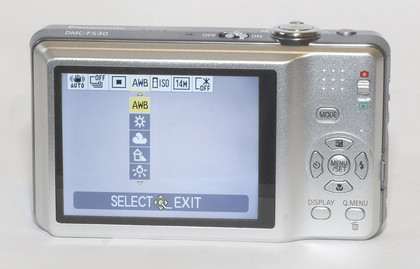
There's obviously little control over depth of field thanks to the small sensor, although we got reasonable (if unpredictable) results using the FS30's macro mode.
There are few surprises in terms of features. Disappointingly for a camera whose price suggests a good upgrade for those who have outgrown their current compact, there's only a scattering of manual features.
You can choose your own ISO and set white balance manually, but more advanced features such as aperture or shutter priority modes are missing. You can set exposure compensation to plus or minus two stops.
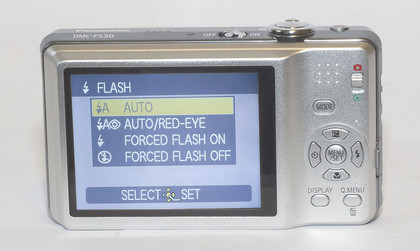
Point-and-shoot photographers will find plenty to keep them occupied, however. There's a variety of scene modes, including one which will tag your pets with their name and age, assuming you can be bothered to enter their details.
The controls on the back of the camera are well laid out and fall to hand easily. Those of a more sci-fi bent might consider Panasonic's FS33, which is the same camera internally but replaces the FS30's 2.7-inch screen with a 3-inch touchscreen TFT.
A word of hesitation is reserved for the screen. It's by no means bad, but there are better examples around. It can be a little dull, and motion is jerky when the sensitivity is ramped up.
Current page: Panasonic Lumix FS30: Performance
Prev Page Panasonic Lumix FS30: Overview Next Page Panasonic Lumix FS30: Image and video qualityDave is a professional photographer whose work has appeared everywhere from National Geographic to the Guardian. Along the way he’s been commissioned to shoot zoo animals, luxury tech, the occasional car, countless headshots and the Northern Lights. As a videographer he’s filmed gorillas, talking heads, corporate events and the occasional penguin. He loves a good gadget but his favourite bit of kit (at the moment) is a Canon EOS T80 35mm film camera he picked up on eBay for £18.
